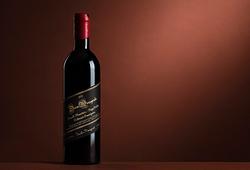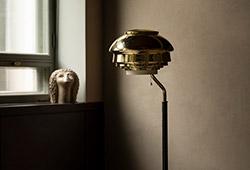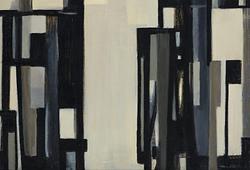Anders Zorn
"Fröken Amelie Coyet"
Signed Zorn and dated 1919. Oil on canvas 125 x 80 cm.
Alkuperä - Provenienssi
Previously in the collections at Torup Castle, Bara parish, Skåne
Näyttelyt
Liljevalchs konsthall, Stockholm, "Bruno Liljefors - Anders Zorn", 10 April - 25 April 1920, cat. no 93.
Kirjallisuus
Tor Hedberg, 'Anders Zorn', par 2, 1924, mentioned p. 154 illustrated p. 153.
Gerda Boëthius, 'Zorn'. Tecknaren. Målaren. Etsaren. Skulptören', 1949, mentioned p. 514, listed in the catalogue under the year 1919.
Muut tiedot
‘Fröken Amelie Coyet’ from 1919 is an example of what is often referred to as Anders Zorn's ultima maniera - his last period. Zorn finds a new expression in his paintings from the early 20th century onwards, where one finds the broad brushstrokes and the reduced contour sharpness of his earlier periods, but also sees a new simplicity of expression with a more concentrated colouring and greater restraint in form.
Gerda Boëthius wrote of the portrait: ‘Young Miss Amelie Coyet, heiress to Torup, stands girlishly young against the light grey wall of the studio, and he has made a symphony of colour in grey-blue of her clothing and the background, while the family pearls lie white against her blonde neck. It is a masterly psychological portrayal of a young woman who has not yet been liberated, and who carries within her passion, power and will.’












































